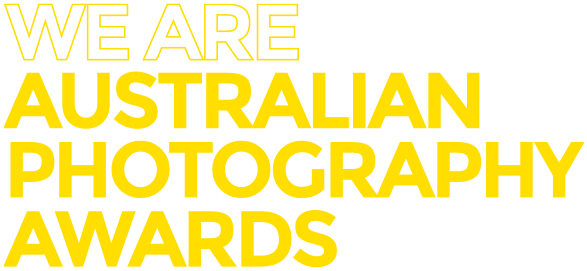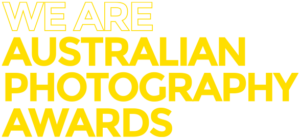Travel and street photography are two methods of image creation as closely linked as they are fundamentally different. Whilst travel photography almost always captures an environment foreign to the artist, street photography is so often created in one’s own city or town. The key similarity is that both of these formats are at their strongest when the photographer can communicate something about a society by photographing its interactions with a space.
While people have returned from travelling with pictures at the ready for decades now, that doesn’t mean that every holidaymaker would be what we consider a travel photographer. And whilst a great travel image doesn’t need to have been created off the beaten track (although it most certainly can be), it does need to teach us something unique about that location and its culture. The most successful travel photography does not only document, but observe and pose questions. It is a balance, part artist and part location, with the final work being heavily influenced by both.
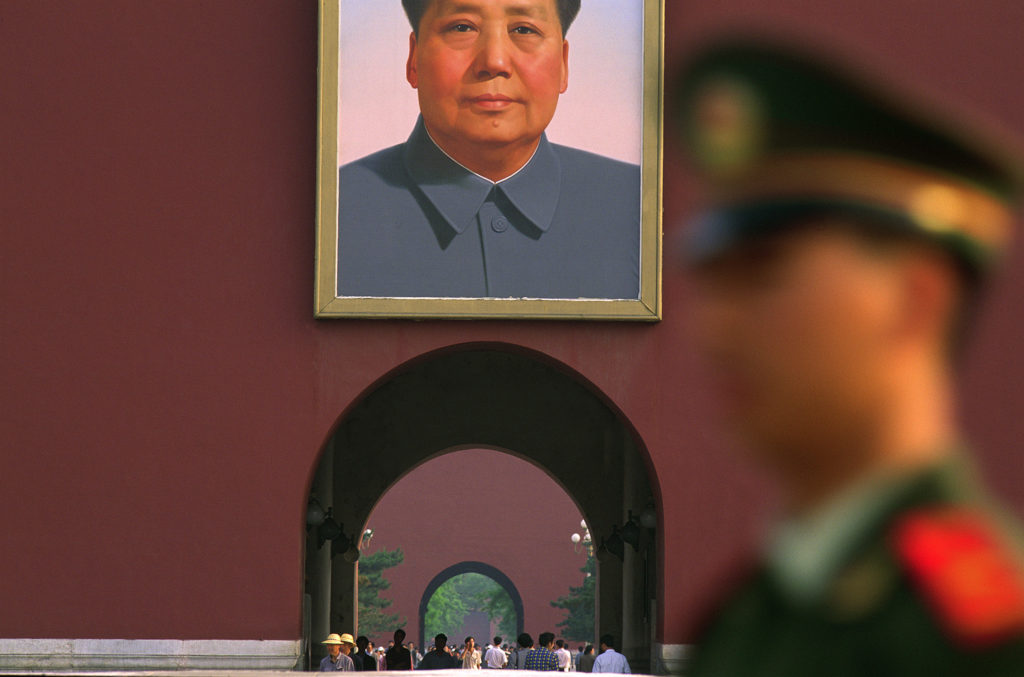
Image by Rob Hendersen
Similarly with street photography, a common goal is to communicate the energy of a location. How do the humans, the animals, the trees and the architecture all come together to create that concept of place that forms the basis for the inhabitants and locals identity? We, as an audience, want to experience this connection to place through the eyes of those occupying it – be it the view of the residents or the artist.
Not all street imagery, nor travel imagery for that matter, needs to serve a strict form of documentation though. As photographers the world is ours to create from what we will and there is a rich history of artists waiting for and photographing various moments only to weave them together down the line to form a larger narrative. Through this methodology, we can utilise our environments to tell stories in a way that reflects how we might feel about society, or our position within it. We can speak of social justice issues, personal identity or of history. The most exciting truth of street and travel photography is that these genres are always evolving with practicing artists constantly innovating.
Markus Andersen
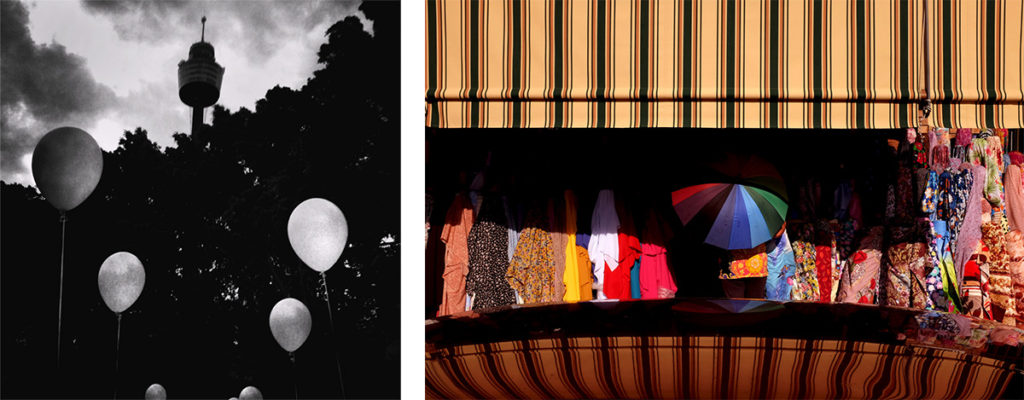
Markus Andersen is a Sydney based photographer and filmmaker. His two published books, Rage Against The Light and Cabramatta, as well as his collaborative body of work with Turkish photographer Elif Suyabatmaz Mirrored have proved Markus to be a master of Australian street photography. These works have been exhibited extensively in Australia at galleries such as the Australian Centre for Photography, Fairfield City Museum & Gallery, Black Eye Gallery and the Whitlam Library.
Markus’ work generally depicts scenes amongst the streets of Sydney, where he utilises hard light, architecture and colour contrast to produce the often vibrant, often dark imagery that he has become known for. His work captures the aura of a location with a very obvious personal take on each scene, communicating his vision with each frame.
A great insight to what Markus is looking for when considering imagery can be found in Belly of the Beast, a short film created by Rob Norton profiling Markus’ creative practice;
“There has to be layering in the images, there has to be maybe a story to tell, there has to be that one odd element that brings it out of the ordinary into something special.”
Melissa Anderson
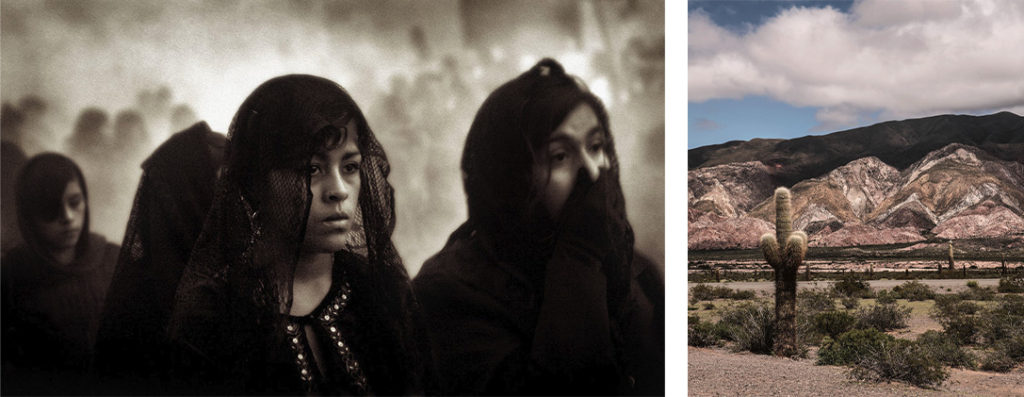
Melissa Anderson is a photographer, artist and educator whose work has been widely exhibited and published both nationally and internationally. Melissa is also the recipient of many industry awards, including Runner Up in our own 2019 APA Travel/Street Category and Runner Up again in our 2018 Documentary Category. Her photographic work combines mediums and weaves together concepts to produce document spaces and cultures both within Australia and abroad.
Expanding beyond just the creation of Melissa’s own photography, she is also an educator and co-founder of the highly regarded Loud and Luminous Project which celebrates and recognises the important contributions of contemporary women photographers in Australia. Melissa also dedicates her time to community causes and education through programs such as Flying Arts Alliance, AIPP, ACMP and her own initiative The Silver & Salt.
Drew Hopper

Drew Hopper’s work is generally documentary in nature, exploring themes such as the environment, culture and place. His work is regularly featured in publications and is a regular contributor to Australian Geographic as well as writing for Australian Photography Magazine. Drew’s photography has been recognised by many programs and platforms including ANZANG (Nature Photographer of the Year) and our own APA. When he’s not travelling or on assignment, Drew specialises in a unique style of documentary wedding photography.
Drew is a visual storyteller and as such his imagery often appears as grouped by project or location, each set taking you on a journey through place and culture. Striking compositions and a vivid use of colour being regular features amidst Drew’s photography, he has a unique ability to engross the viewer within another world without ever feeling like he is being exploitative. This ‘light touch’ is important to Drew’s ethical workflow and is something that he will surely be on the lookout for when considering work this year.
Jesse Marlow
Jesse Marlow, generally working within the genre of street photography, is a highly exhibited and published artist based in Melbourne. His work is held in both private and public collections across Australia including the National Gallery of Victoria, Australian Parliament House in Canberra, Monash Gallery of Art, City of Melbourne and State Library of Victoria. He has been recognised by many awards programs including receiving the Street Photography of the Year Award in 2011 and William and Winifred Bowness Photography Prize in 2012.
Jesse has published three books, Centre Bounce: Football from Australia’s Heart, Wounded and Don’t Just Tell Them, Show Them. He is also included in multiple other collaborative publications and has exhibited extensively both nationally and internationally. Jesse is also a member of both UP Photographers and Institute Artists, two international street photographers’ collectives.
Jesse’s work highlights the unique, interesting and occasionally bizarre moments that take place every day in his hometown of Melbourne.
